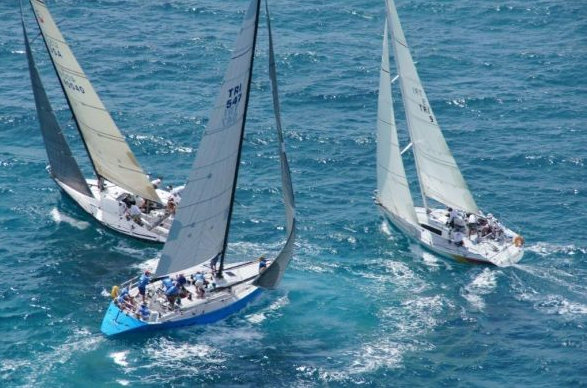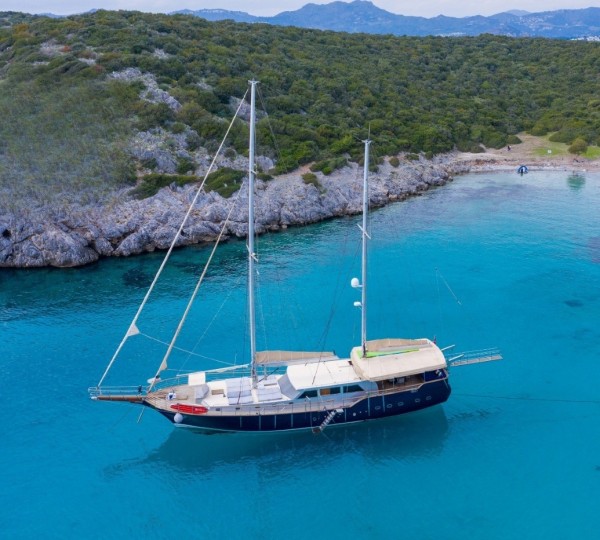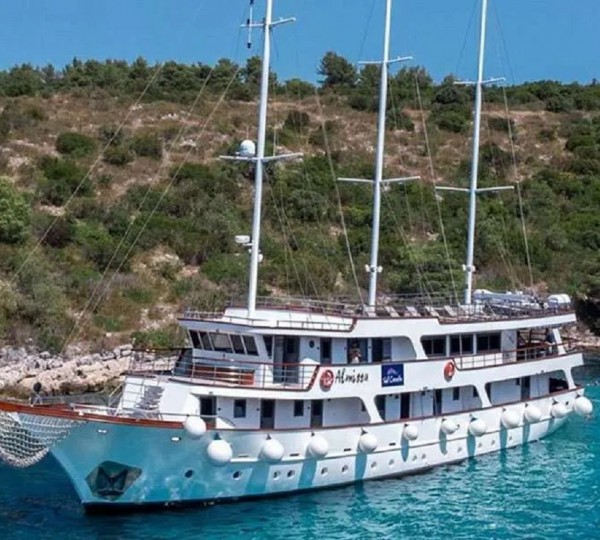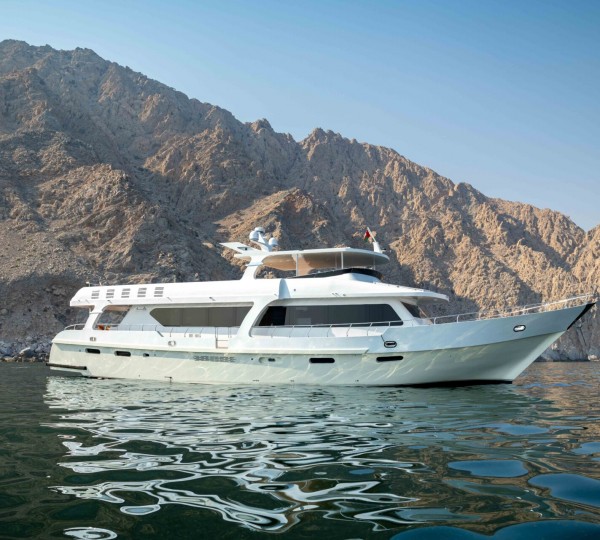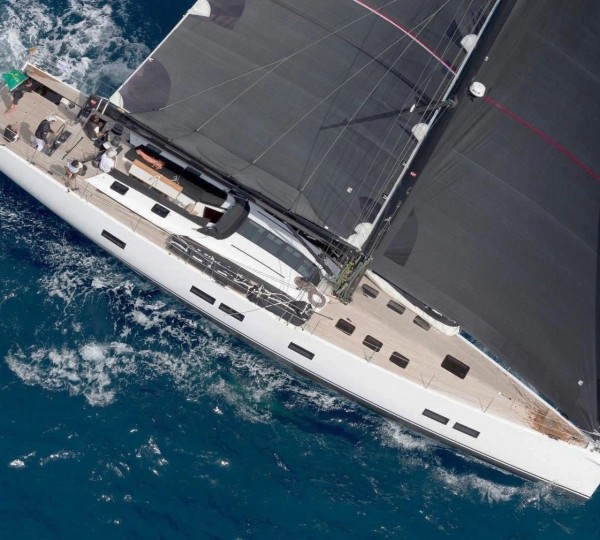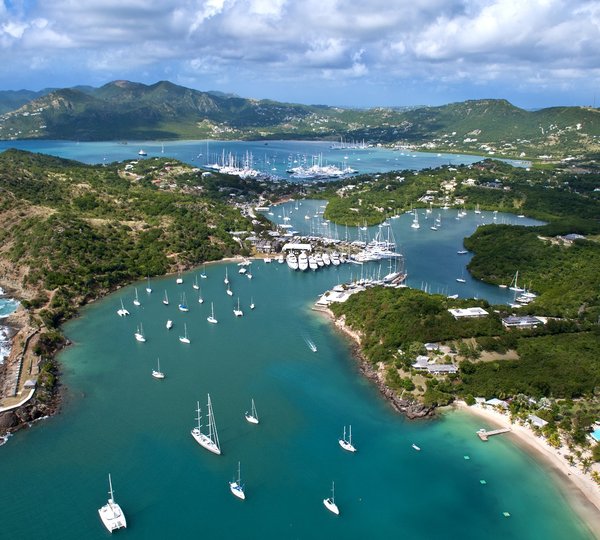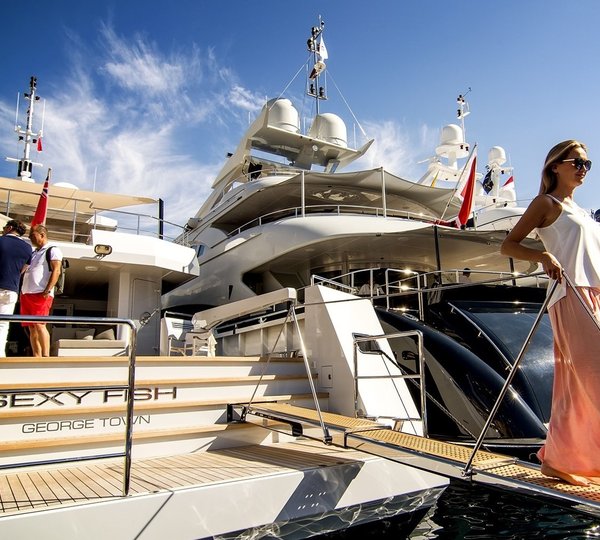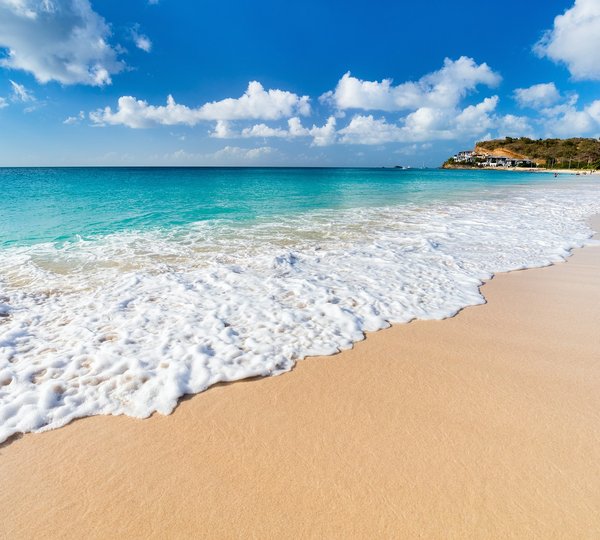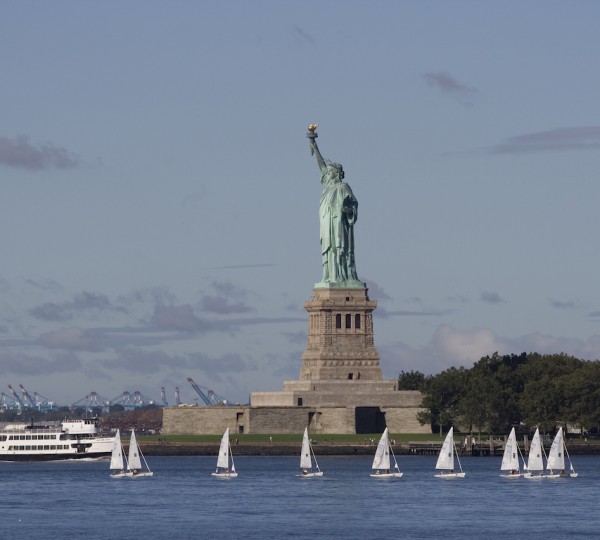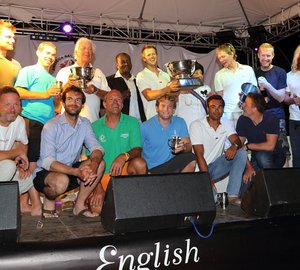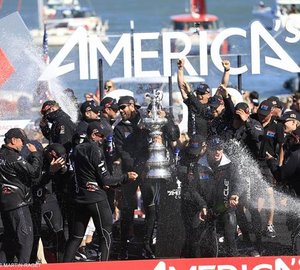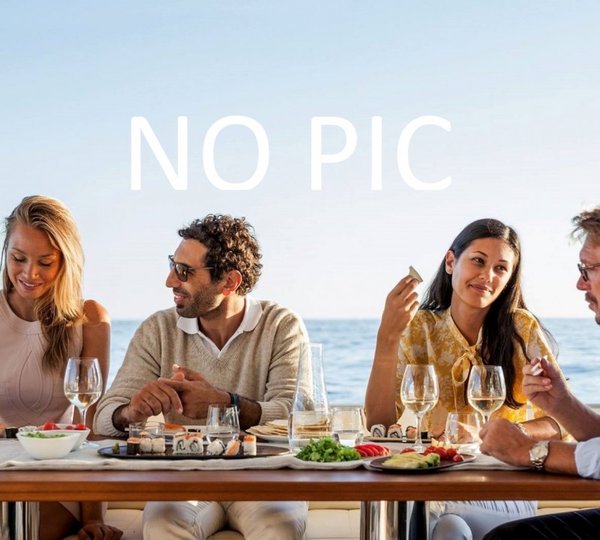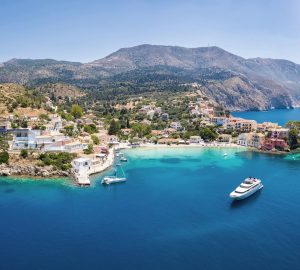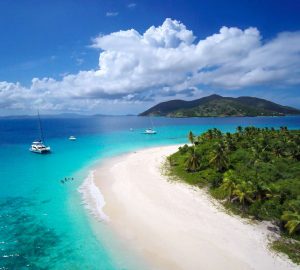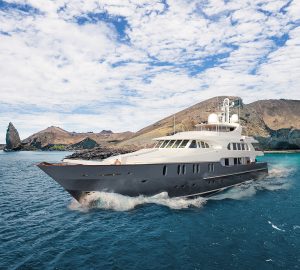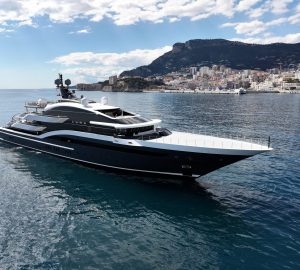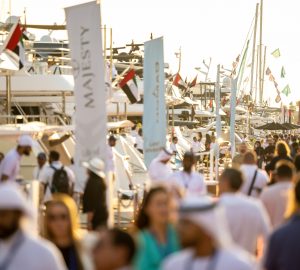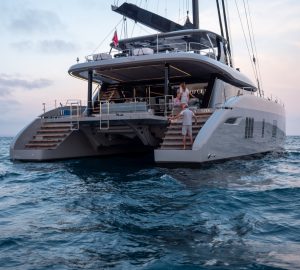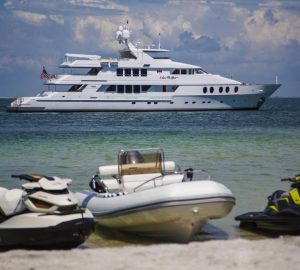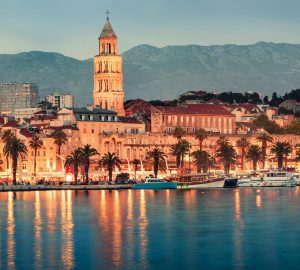In order to provide insight into what worked and what didn’t, Antigua Sailing Week has had online surveys in place for a number of years. It also encourages feedback via social networks, email as well as the old style of meeting and talking to each other face to face. Antigua Sailing Week’s tag line clearly states ‘where sailing comes first’ and therefore by extension, ‘where sailors come first’. Receiving feedback from participants on a regular basis is therefore vital to the future success of the event.
Feedback received since Antigua Sailing Week 2012 came to a close has been overwhelmingly positive, although it is recognized that there is still plenty of room for improvement. The key areas addressed in that feedback are summarized below:
1. General – It is unanimously agreed that Antigua Sailing Week has improved tremendously in the past two years and is now clearly heading in the right direction. There will always be areas to be fine-tuned and improved but overall respondents have said that they believe Antigua Sailing Week is on the right track for future growth.
2. Classes – Dividing boats into classes is always a difficult task but class divisions were very well accepted this year with virtually no negative comments. In fact, there were many positive comments instead. There is still some discussion among sailors that class divisions should be done by rating bands but while that approach may please some participants, it will make many others very unhappy. Overall, Antigua Sailing Week has taken a big step in the right direction with class splits in terms of satisfying the majority of participants.
3. Courses – The 2012 courses were similar to those used in 2011, with the omission of the west coast races to and from Jolly Harbour for about half of the fleet. For the first time this year, an attempt was made to mix up the fleets on the water with a variety of different courses for different classes. The concept was generally well received but there were some safety concerns voiced as a result of too much traffic in some areas of the race courses. The decision to mix up the fleets will therefore be reviewed for 2013 and more work will be done to address safety concerns if it is attempted again.
4. Number and Length of Races – The vast majority of competitors was very happy with the number of races and the time spent on the water. There were a few exceptions but those came mainly from sailors who were anxious to get to the golf course in the afternoon. As the majority of participants come to Antigua Sailing Week for the sailing, the concerns of the golfers are unfortunately going to be somewhat difficult to address.
5. Round Antigua Race – The Yachting World Round Antigua Race was an overwhelming success. There were approximately 40 online entries submitted with over 30 boats actually participating. Some entrants chose not to participate due to the extreme weather conditions on the day of the race and their legitimate concerns about potential equipment failure prior to the official start of Antigua Sailing Week. The optional race, open to all boats whether or not entered in Antigua Sailing Week, was exceptionally well received, although there were very few entrants who didn’t also participate in the full week of racing. As awareness of the Yachting World Round Antigua Race spreads, considerable growth in participation is anticipated, including from boats not entered in Antigua Sailing Week.
6. Race Committee – Antigua Sailing Week had two new Race Officers in 2012 along with their support teams. Both teams did an excellent job and worked very well together which led to virtually flawless on-the-water race management. The officials were complimented by many sailors including professional sailors who race in regattas around the world. That praise speaks volumes and while everyone acknowledges that there are still improvements to be made, we expect to see the same Race Officers and their teams back for Antigua Sailing Week 2013.
7. Committee Desk – The new Committee Desk location at Antigua Yacht Club was very well received by both sailors and committee members. There were some space limitations which were more of an issue for the committee than for the sailors, but those limitations should be resolved in 2013 when the Yacht Club will have completed the upper level of its new building. Antigua Yacht Club was a perfect venue and clearly many sailors enjoyed seeing Antigua Sailing Week root itself in a yacht club for the first time in its history.
8. English/Falmouth Harbour Venue – Among the sailors who said they miss the historic Dickenson Bay and Jolly Harbour parties, virtually all agreed that holding all aspects of the regatta in one area worked very well and was logistically much simpler. Many sailors admitted to being converts, saying that they didn’t miss the other venues even though they had expected they would. Comments from the bigger and more professional boats were, without exception, that they were very happy with one race-end venue. The destination parties will still be missed by many but participating in the event appears to be becoming easier and more economical.
9. The Shoreside – The late afternoon/early evening social venue at Antigua Yacht Club was ideal for people who prefer smaller parties, while Nelson’s Dockyard provided a fantastic venue that worked exceptionally well for the bigger ones. The vast majority of sailors were happy with the use of the two venues for their different purposes, although some did express concerns about having limited time to move back and forth between the locations. There were some negative comments about the volume of the music at Antigua Yacht Club on a couple of days and that is an issue that will be addressed in 2013. One of the key lessons learned is that loud music isn’t necessary at every event and it certainly doesn’t need to start early – a change of tempo and noise levels is appreciated by everyone.
Kathy Lammers, Chairman of the Regatta Organising Committee said: ‘We were very pleased with the positive feedback following Antigua Sailing Week 2012, particularly in light of the many changes that were made. As a racing sailor myself, I know it is critical to deliver professionally managed, well thought out races, fair class splits and challenging courses. There will always be room for improvement but we hope that by continuing to listen to feedback from participants, we will be able to deliver great racing year after year.”
Not content to think that Antigua Sailing Week has everything right yet, Kathy has begun a summer program that will see her visit a number of events in various locations including the LO300 (a 300-mile race on Lake Ontario), Cowes Week in the UK, the Antigua and Barbuda Hamptons Challenge in New York, Sneek Week in the Netherlands and the Newport Boat Show, as well as yacht clubs in Canada, the United States and Europe. This will help Kathy to familiarize herself with new trends in race organisation and management to ensure that Antigua Sailing Week 2013 will again deliver a well organised regatta that is in keeping with modern trends.
As for the future of Antigua Sailing Week, all respondents to the online survey said that they would recommend it to their friends. When asked what they would do to improve the event, most respondents said it needed nothing more than a few tweaks. The more humorous respondents suggested ‘free rum’ and ‘more dancing girls’. Others said simply ‘just can’t make it better really’, ‘nothing comes to mind’ and ‘just keep doing what you’re doing’.
Overall, the resounding message that has been received from all feedback following Antigua Sailing Week 2012 is that it is once again the regatta on the Caribbean circuit and one not to be missed. With that message comes the expectation that entry numbers will continue to grow in 2013 and future years. Online entries for 2013 are now open.

